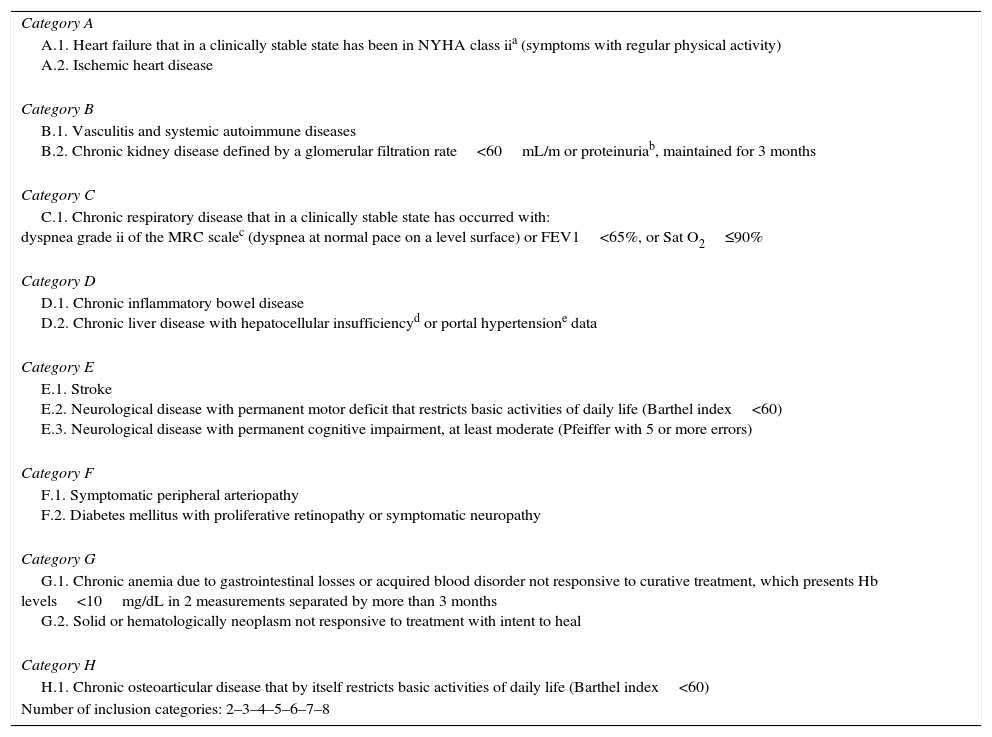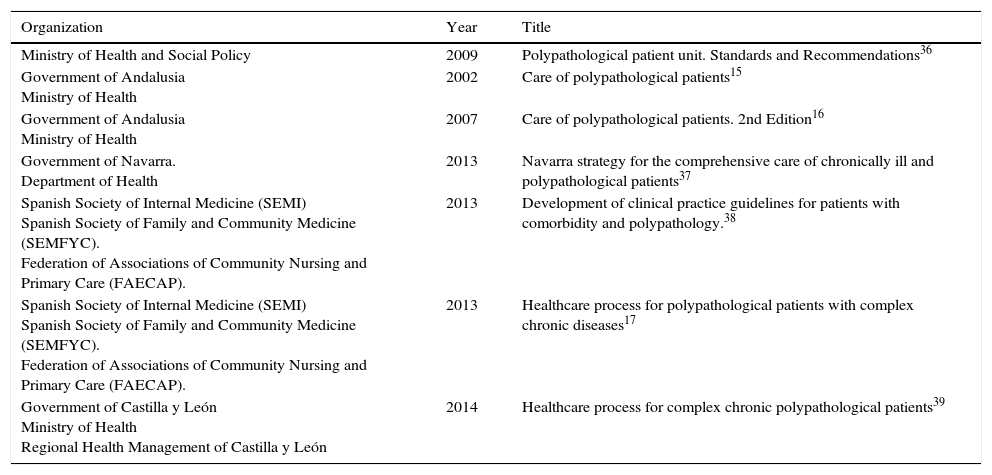Improvements in living conditions and scientific advances have led to an unprecedented demographic change. The curing of numerous acute diseases and the growing adoption of unhealthy lifestyles have caused a pandemic of cumulative chronic diseases that constitute the leading cause of death worldwide. Currently, the most common situation is the coexistence of multiple chronic diseases (or polypathology). This situation undermines socio-economic development and increases inequality. This results in an overriding need to change the way in which health and disease are addressed. Healthcare systems are not prepared to meet the needs of complex polypathological patients. In this article, we summarize the challenges facing healthcare systems and states, as well as the main recommendations from the organizations responsible for healthcare.
La mejoría de las condiciones de vida y los avances científicos han propiciado un cambio demográfico sin precedentes. La curación de muchas enfermedades agudas y la adopción creciente de estilos de vida no saludables han provocado una pandemia de enfermedades crónicas acumulativas que constituyen la primera causa de mortalidad mundial. Lo más frecuente, actualmente, es la coexistencia de múltiples enfermedades crónicas o pluripatología. Esta situación socava el desarrollo socioeconómico y aumenta las desigualdades. Ello condiciona una necesidad imperiosa de cambiar el modo de abordar la salud y la enfermedad. Los sistemas sanitarios no están preparados para satisfacer las necesidades de los pacientes pluripatológicos complejos. En el presente artículo se resumen los desafíos a los que se enfrentan los sistemas sanitarios y los propios estados, así como las principales recomendaciones de los organismos responsables de la salud de las personas.
Article
Diríjase desde aquí a la web de la >>>FESEMI<<< e inicie sesión mediante el formulario que se encuentra en la barra superior, pulsando sobre el candado.

Una vez autentificado, en la misma web de FESEMI, en el menú superior, elija la opción deseada.

>>>FESEMI<<<









